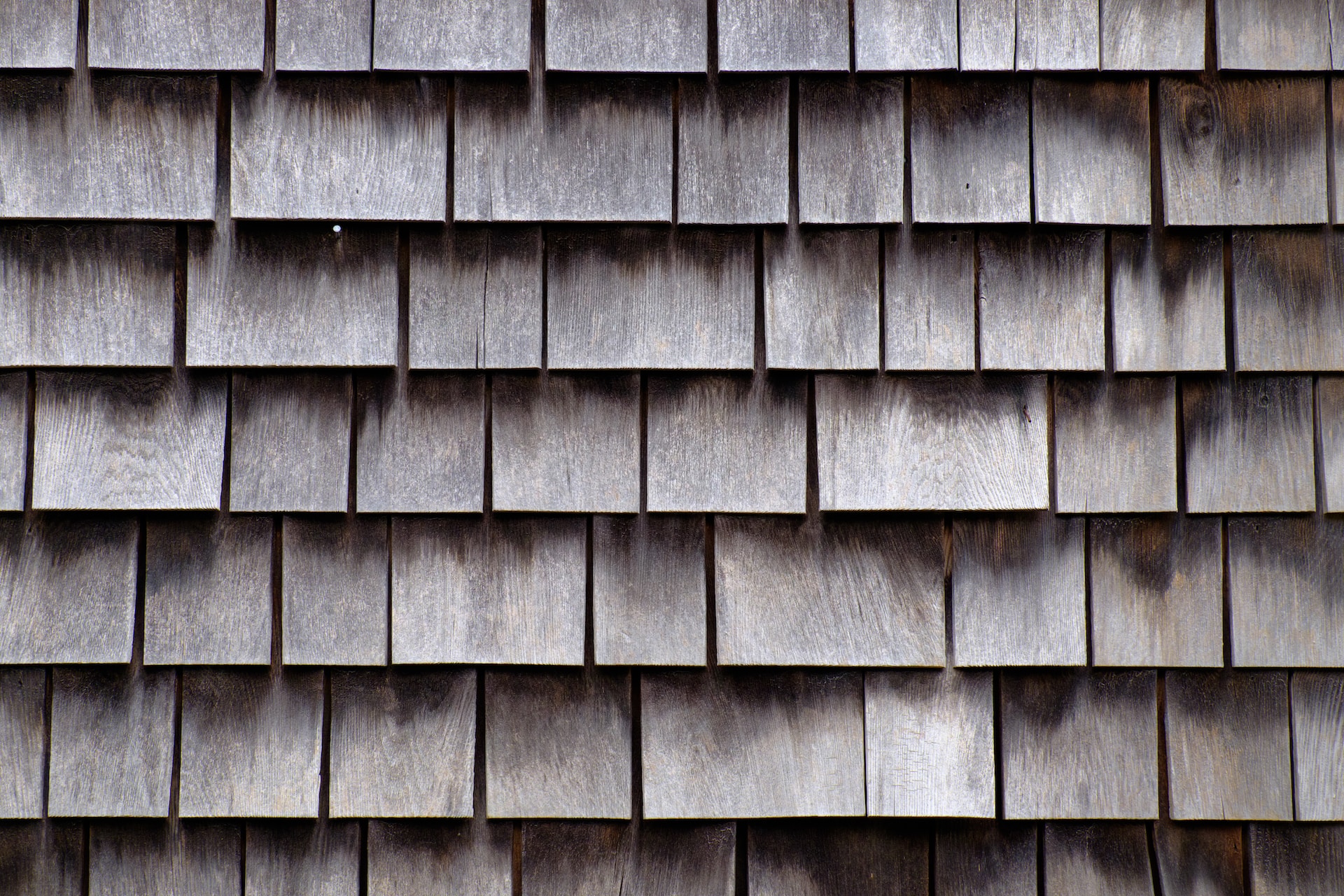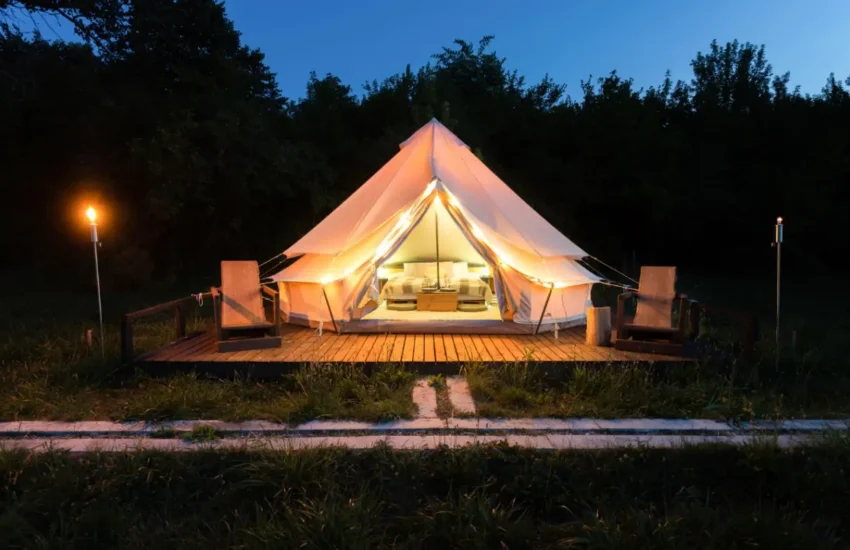Exploring the Different Types of Shingles – Finding the Perfect Match for Your Home
The homebuying process is an exciting, rewarding experience. However, it can also be a challenging one. To increase your chances of finding a property that aligns with your unique preferences, needs, and budget, follow this step-by-step guide to explore the different types of shingles:
The type of shingle you choose can significantly impact your home’s appearance, durability, and value.

Asphalt Shingles
Asphalt shingles have become popular among homeowners because of their affordability and easy installation. They are also available in various colors, which can coordinate well with your home’s fixed exterior elements and the natural surroundings and landscaping.
3-tab shingles, or strip shingles, feature a flat uniform look that connects to create a solid appearance on your roof. These shingles use less material than architectural shingles and are lighter, making them cost-effective and easier to install. However, they may need to offer the longevity or durability of other roofing materials.
A popular variation on the basic asphalt shingle, architectural shingles like those from IKO roofing feature a variety of design styles that add dimension to your roof. Some types include alternating areas of single- and double-layer tabs, with intermittent dark banding to provide visual interest. These shingles are also available in upgraded versions that may offer enhanced wind resistance.
Wood Shingles
Wood shingles can be an excellent choice for homeowners looking for durability and weather resistance. They can also add a beautiful aesthetic to your home. Wood shingles are either sawn or split (also known as shakes). Historically, shakes were hand-split for a rustic, textured look, while modern sawn shakes have a more uniform, machine-like appearance.
They can be made locally by hand, boosting the economy and supporting traditional craftspeople. They have low embodied energy, reducing the need to transport resources long distances. And they lock up carbon for their lifetimes, reducing greenhouse gas emissions.
Shingle colors can make a huge difference to the overall look of your roof. A well-chosen color complements your home’s architecture while allowing the natural scenery to shine. Dark shingles absorb heat, keeping your home cooler and may even cut your energy bills. Brown, grey, black and green shades work well with traditional homes such as ranches and cottages.
Metal Shingles
Metal shingles are a durable roofing option that offers homeowners a wide range of color and style choices. They can be an excellent choice for homeowners looking to update their home’s exterior colors and coordinate their new roof with their existing siding, shutters, or doors.
Metal roof shingles are made of steel and have an anti-corrosive metallic coating on top of them to protect against the elements. They are a heavier roofing material and can require structural reinforcements in older homes to support the weight of this type of roofing.
Unlike asphalt shingle roofs, metal shingles are more resistant to extreme weather conditions like high winds and hail. They are better than clay tile or slate roofs, which can crack and crumble due to the freeze-thaw cycle. Additionally, metal shingles can be more expensive than traditional asphalt shingles but can last up to twice as long. They also provide significant energy savings.
Composite Shingles
In the roofing industry, composite shingles like IKO shingles can be an excellent match for almost any home. They’re composed of a high-quality blend of materials that offer a range of benefits. They’re also highly durable and provide superior protection to homes in any weather environment.
Composite shingles can be designed to mimic the appearance of premium roofing materials like slate or tile at a fraction of their cost. These luxury asphalt shingles can feature deep grooves, chisel marks, and other textures that create a realistic appearance that is difficult for most people to tell apart from the material they’re designed to mimic.
They can also resist moisture that can cause problems like mildew growth or ice dams in the winter, and they can help keep your home cooler during summer heat waves by reflecting the sun’s UV rays. This enables your cooling system to work more efficiently, resulting in lower energy costs year-round. Composite shingles typically have long lifespans and require minimal maintenance, making them an attractive option for many homeowners.


